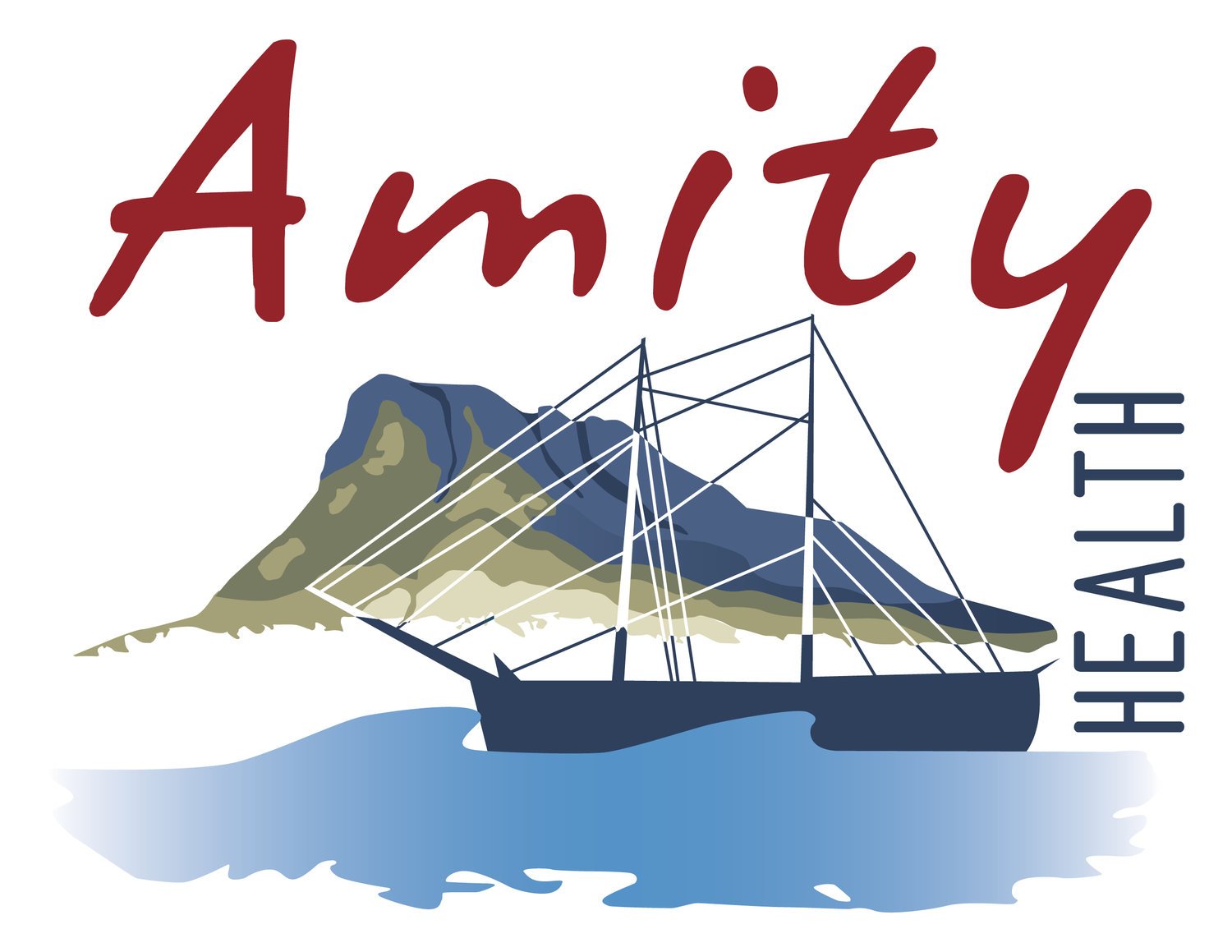Exploring Persistent Pain and Tips on Managing It
Recently I had the chance to explore the latest thinking and training in Pain Education and supportive interventions for people with persistent (chronic) pain. This was provided by the NOIGroup, a leader in pain education around the world, located in both Australia and the USA.
As a Mental Health Occupational Therapist and Art Therapist based in Albany, one of my roles is to provide pain education alongside mental health and wellbeing strategies to assist people to explore and manage their pain from a “whole person perspective.”
If you’d like to learn more, click below to listen to our latest podcast episode on Pain Management.
Persistent pain is:
part of a larger picture that involves a person’s whole life.
- Danita Walsh -
This is based on understanding how pain manifests in the body, considering the many systems of the body that affect our wellbeing: physically, mentally, emotionally and environmentally.
Persistent pain is part of a larger picture that involves a person’s whole life. Therefore, taking a broader view of persistent pain beyond the site of original injury or body mechanics, can involve learning many different strategies with the goal of improving quality of life and hopefully, a reduction in pain over the longer term.
This may involve pain education which is central to understanding and managing pain, including:
· understanding how pain and all of our body systems (including our nervous system and brain) play a role in persistent pain,
· learning mental health strategies to reduce anxiety, fear and stress,
· learning new coping skills including meditation and relaxation or whatever best helps an individual,
· working through personal issues of concern that cause stress, including trauma,
· improving sleep, increasing daily activity / exercise, review of healthy eating with referral to a dietician if required.
· using art therapy also offers an alternative way of exploring and learning about our feelings, working through personal issues and supporting our healing journey. No prior art experience is needed.
To read or download more information, please click below:
If you have persistent pain and are interested in finding out more, please click below to contact Amity Health.
Guest Author: Danita Walsh - Mental Health Clinician, Occupational Therapist and Art Therapist


